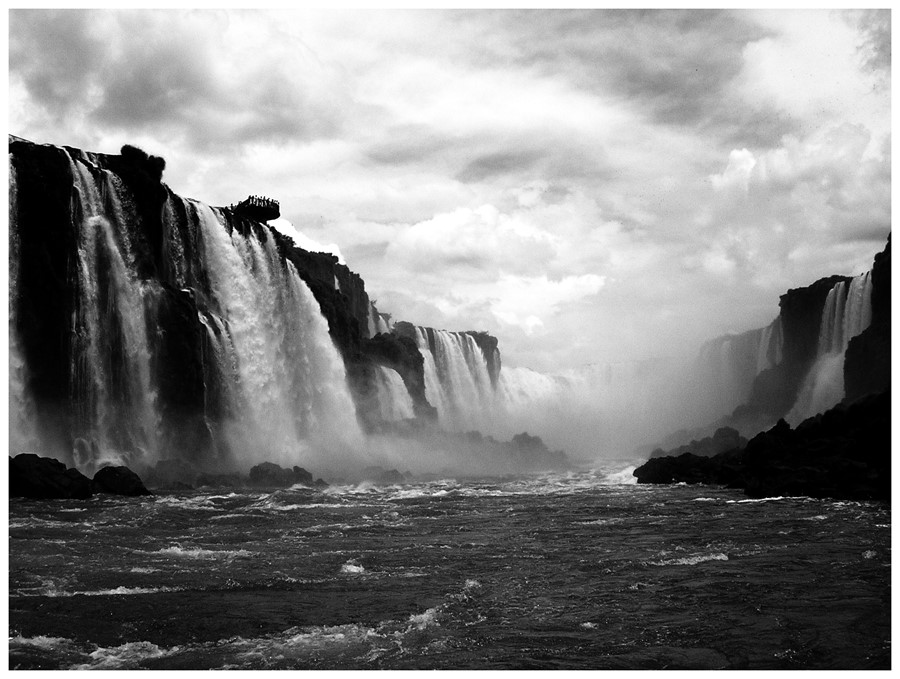The creator of Shamballa Jewels recounts the trip to Brazil that changed his life
“In 1990 when I was 19 years old, I had a gap year after school and a friend suggested that I should go to Brazil. I fell in love with the country, its people and the language and was introduced to gemstones. On my 20th birthday, I adventured to Lengois, Bahia (a 1800’s diamond mining area) and climbed on top of Cachoeira da Fumaça. In the following days I visited three waterfalls around Lengois. My next stop was the Island Morro de Sau Paulo during Semana Santa. I had heard that everyone danced Lambada there and it was the most incredible dance experience of my life. I owe Brazil and Cachoeira da Fumaça for who I am today.”
"A stone is a stone. It is made symbolic by the messages, emotions and meanings we attach to it"
Inspired by a lifetime of travelling, Mads Kornerup launched the now-iconic Shamballa Jewels bracelet in 2001, before founding the Shamballa Jewels company in 2004 with his brother, Mikkel Kornerup. Inspired by the philosophies and holistic practices associated with Shambhala, the mythical Himalayan kingdom said to be inhabited by compassionate and enlightened people, the brand now counts Jay Z, Karl Lagerfeld and Giorgio Armani among their devotees. “One of my motivations is to encourage men to wear jewellery again,” explains Kornerup, “I design primarily for men.” Each bracelet is made using macramé braiding usually synonymous with prayer beads and is stamped with the Star of Shamballa: two intersecting lightening bolts.
Many of the stones used by Shamballa Jewels come with traditional meanings. The green emerald, the stone of Venus, represents nature and love. Thought of as lucky, giving an emerald to your partner is said to keep them faithful. Sapphires, heavily steeped in mythology, are said to be a stone of faith, while the ruby is the most powerful stone – place one underneath your pillow to ward off nightmares. Historically diamonds are thought to be ‘tears of the gods’. The hardest mineral, they are an emblem of clarity, light and purity. However for Kornerup, “I don’t have a favourite stone, although I love the raw masculinity of black diamonds. A stone is a stone. It is made symbolic by the messages, emotions and meanings we attach to it.”
Text by Mhairi Graham
